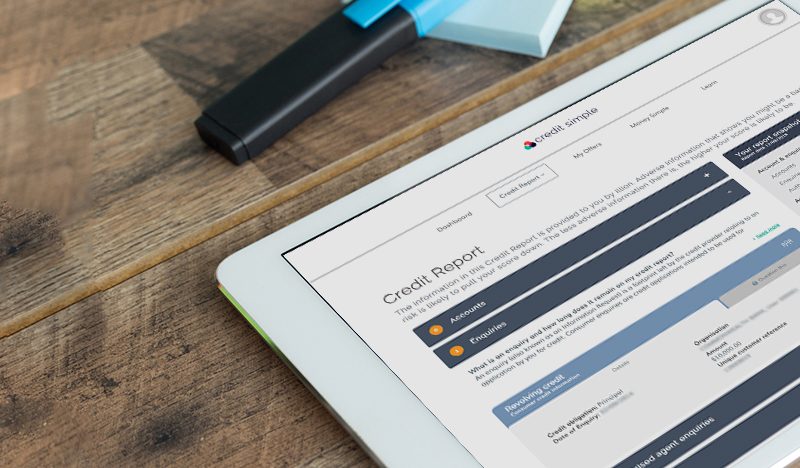How do I know if I have a bad credit score?
Is 600 a bad credit rating? How about 500? Or 400?
Without context, calculating your creditworthiness based on your score alone is difficult. Fortunately, we’re here to help you better understand your credit rating, particularly if you suspect you have a bad score.
Repayment history information, including any late payments, stays on your file for two years before you’re free and clear.
The good, the bad and the ugly
Your illion credit score via Credit Simple ranges from 0 to 1,000. The closer you get to zero, the less creditworthy you are deemed to be by banks and other lenders.
But at which point does your score sink from good to bad (via so-so)? Here’s a quick rundown of our scale from first to worst:
- 700 and above: Be proud. You’ve got a good or great score.
- 300 to 699: Depending on your exact rating, you range from slightly below average to average.
- 1 to 299: We can’t deny it. You have a bad credit score.
- Zero: Oof. Your credit rating is in a state of emergency.
Why do I have a bad credit score?
If you’re at the lower end of the scale, you’re probably wondering what you’ve done to get a bad score and how long it will take to rectify.
You may need to request your credit report for a full breakdown of your financial situation, but bad scores are usually due to:
- Late and missed payments
- Credit defaults
- Bankruptcies
- Writs, summons and court judgements
- Multiple credit enquiries in a short space of time
- Debt agreements.
Repayment history information, including any late payments, stays on your file for two years before you’re free and clear.
You’ll have to wait five years to survive some of the more serious black marks on your record though, such as defaults, bankruptcies, writs, summons and court judgements. Credit enquiries also remain for five years.
Can I still access credit with a bad score?
On a good day, a bad credit score means you’ll struggle to get the best deals, but you also risk your applications being rejected entirely.
However, some lenders specialise in mortgages and loans for people who have a less-than-stellar credit rating, although you’re likely to face much higher interest rates.
Credit cards are particularly difficult to obtain with a bad credit rating, and every rejected application could bring down your score further.
Which is why you may want to spend some time building up good credit karma to balance out any black marks on your file before attempting to borrow.
Credit Simple
Credit Simple gives all Australians free access to their credit score, as well as their detailed credit report. See how your credit score compares by age, gender and community and gain valuable insights into what it all means.
All stories by: Credit Simple


